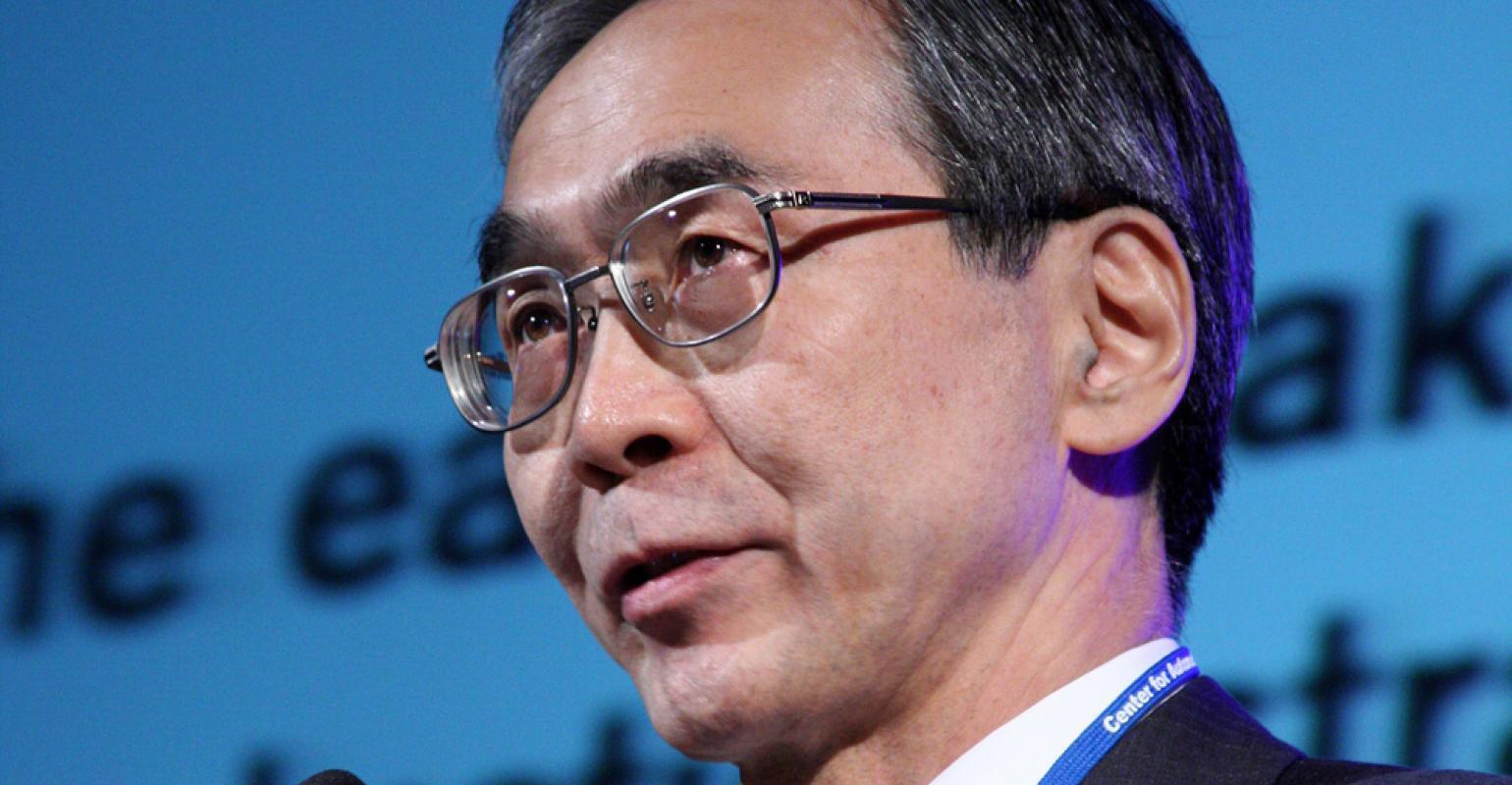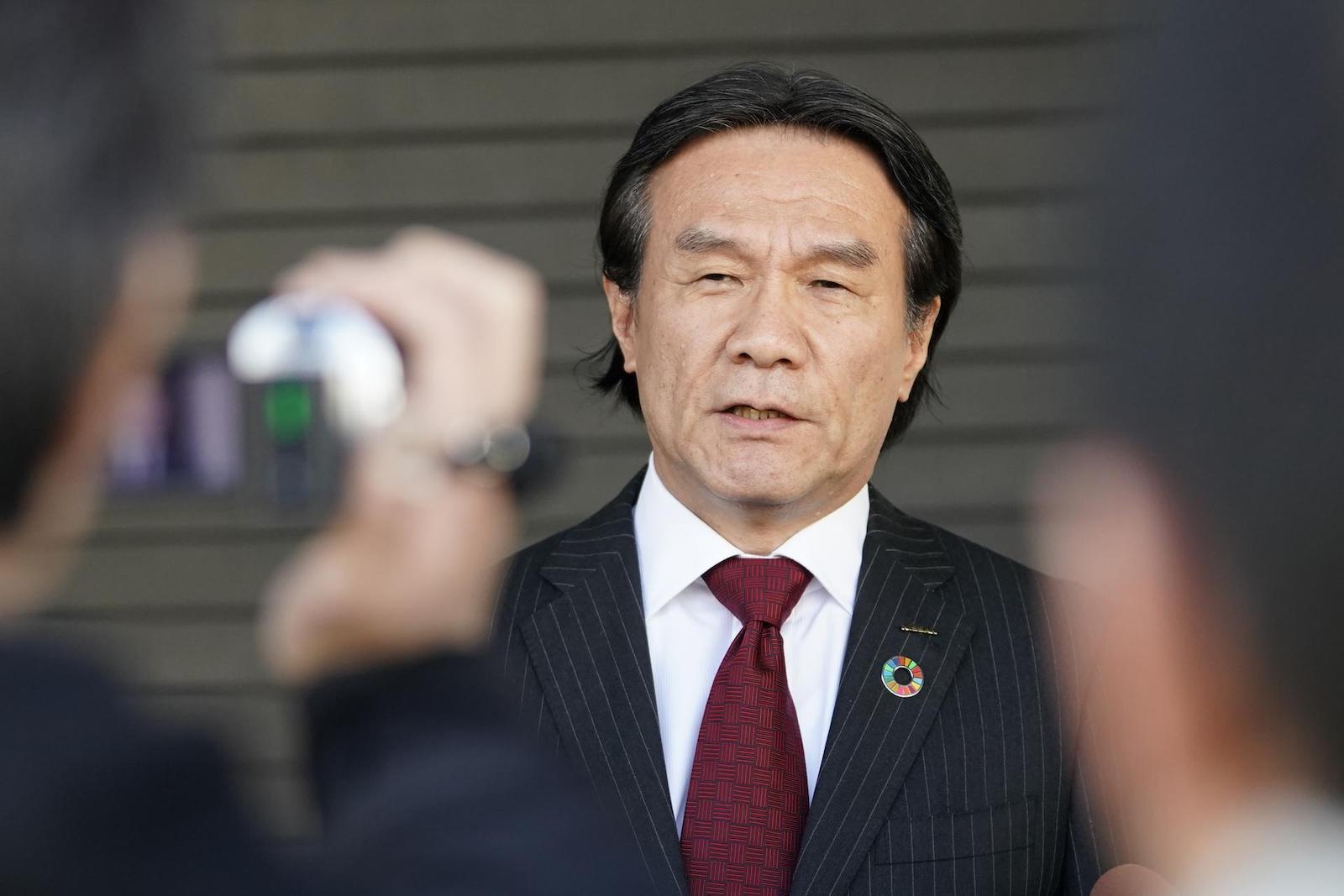(MENAFN- Asia Times) Having additional information from newly obtained interviews and documents, Roger Schreffler is expanding his series on the post-Carlos Ghosn Nissan board of directors, of which four installments were published in September. This is part 5. Read part 1 here , part 2 here , part 3 here and part 4 here .
A moment of truth came and went for Nissan's newly established good-governance board a little more than two years ago.
Half of the members had little or no experience in the auto industry. They were outsiders and ostensibly independent. And that was okay because they'd been brought in for one explicit purpose: to fix the governance problems at Nissan following the arrest and removal of Carlos Ghosn in mid-November and early December 2018.
They had hoped at their initial September 9, 2019, board meeting to put the Carlos Ghosn affair behind them. Instead, they ignored evidence suggesting that Ghosn and American Greg Kelly (who is now on trial in Tokyo for allegedly helping Ghosn conceal retirement income) were not guilty – or were no more guilty than others in senior management.
As the third anniversary of Ghosn's ouster approaches, Nissan is still embroiled in multiple lawsuits with its former chief executive. Meanwhile, the company has not told the public and, in particular, Nissan shareholders the truth about what triggered Ghosn's removal and the chain reaction of events that followed and led to nearly US$17 billion in market cap and business losses.

Nissan board member Masakazu Toyoda was instrumental in Carlos Ghosn's fall. Photo: Twitter
And the public and shareholders still haven't been told, from the standpoint of good governance, why three of the members of the group that secretly plotted Ghosn's ouster – Masakazu Toyoda, Motoo Nagai and Hari Nada – are still involved in Nissan's handling of the Ghosn dispute while two of those three, ex-trade ministry bureaucrat Toyoda and retired banker Nagai, still sit on the board's influential audit committee.

Motoo Nagai, a retired banker and Nissan board member. Photo: Nissan
That committee, according to Nissan governance guidelines, is the“final entity” to receive and act on whistleblower reports.
Calling cover-up
It would be difficult not to conclude that what the board did on the afternoon of September 9, 2019, was a cover-up. We have come to this conclusion, based on details of the meeting provided by an attendee plus more than a dozen documents we've reviewed.

Nissan vice-president Hari Nada. Photo: Nissan
We have reached out requesting comment from all outside directors who participated in the meeting including Toyoda and Nagai. We have also posed questions to the law firm that has represented Nissan on most issues involving Ghosn – including helping the seven executives plan and execute the sting operation on November 19, 2018, when they had Ghosn and Kelly arrested in Tokyo and mounted warrantless raids on Ghosn residences outside Japan to remove Ghosn's personal records.
No response has been received from any of those.
Prelude to the meeting
Our story begins on September 17, 2018, when one of the seven plotters of the coup to topple Ghosn, Hari Nada, vice-president for legal services, invited Chief Compliance Officer Christina Murray and Global General Counsel Ravinder Passi to dinner in an upscale Japanese restaurant in the Sky Building in Yokohama.
There he informed them that Hidetoshi Imazu and Hitoshi Kawaguchi (who were two of Nada's fellow plotters, although he didn't say so) had enlisted the Tokyo prosecutors' office to bring down Ghosn. Kawaguchi was in charge of external and government affairs. Imazu was the lead statutory auditor; on his team was Nagai.

Hidetoshi Imazu. Photo: Nissan

Hitoshi Kawaguchi. Photo: The National
Several weeks later in early October, Nissan CEO Hiroto Saikawa, a sixth member of the conspiracy, asked Murray, the compliance chief, to form a task force to investigate Ghosn and Kelly. Murray subsequently recruited as members of her team Manabu Sakane, a vice-president for corporate governance, and Passi, who was in charge of the automaker's legal department.

Hiroto Saikawa, former president and CEO of Nissan Motor Corp. Photo: AFP
Although initially the team was smaller, in total more than 40 lawyers, compliance professionals and finance experts eventually joined the effort from places as far away as Brazil, the Middle East and the United States – wherever allegations were being made against Ghosn.

Toshiaki Ohnuma. Illustration: Supplied
Working with them in a support role was Michael Yoshii, a partner in the Tokyo office of Latham & Watkins LLP, the law firm that represented Nissan in most aspects of the Ghosn case.
From October 2019 until May the following year, Murray's task force operated out of a conference room, which they called“the war room,” on the 21st floor of the headquarters building. They were down the hall from both Hari Nada's and Toshiaki Ohnuma's 21st-floor offices. Ohnuma, who headed the Secretariat office, was the seventh Ghosn conspirator.
During the first roughly five weeks, while preparing to carry out the November 19, 2018, Ghosn and Kelly sting operations, the team operated in absolute secrecy. They had been warned that any leaks would have serious personal consequences.
Initially, the team comprised fewer than 10 individuals with Murray, her administrative assistant and Hideaki Kubo, another Nissan lawyer, working out of the conference room throughout the day, seven days a week. Everyone else remained at their desks in their departments, fearing they might arouse suspicion if they were away for extended periods. Thus, they came to the 21st floor daily on an as-need basis.
Upon entering the room, they would see an evidence board befitting a detective bureau. Murray, with Nada overseeing the operation, plotted strategy. The team was in contact with both the Tokyo office of Latham & Watkins and the Tokyo prosecutors' office.
Handling most of the interface with the Tokyo prosecutors' office were Kubo; Nada; Nada's personal lawyer, Akihide Kumada; and Saikawa.
Part of their mandate was preparing for the corporation's life after Ghosn: getting nondisclosure and service agreements in place and planning for other contingencies including how to deal with the press. All sensitive conversations took place in the war room – which, after the sting had been carried out, would be expanded to two rooms.
The planned raids on Ghosn's residences in Beirut and Rio de Janeiro comprised a particularly touchy issue. The legal department was concerned about risking charges of criminal trespassing if they entered Ghosn's residences without warrants. Nada and the Tokyo prosecutors' office were more focused on preventing Ghosn or his aides from destroying evidence. In the end, Nada prevailed.
The team sent two headquarters office lawyers to Beirut, Fabien Lesort and Jimmy Dawson, to retrieve records from a Nissan distributorship and Ghosn's residence. Latham dispatched a lawyer from its Dubai office: Marc Makary. Nissan also dispatched the head of its security office for Europe, Africa and the Middle East, Daniel Bernabé.
The team, before turning everything over to the prosecutors' office, brought back to the war room documents and other presumed evidence including the hard drive that had belonged to Ghosn's late lawyer, Fadi Gebran.
In Rio de Janeiro, Murray turned to Salvador Dahan, a member of her global compliance team.
At the time, the task force was unaware that Nada was deep into negotiations with the Tokyo prosecutors' office for a plea agreement to avoid prosecution himself. The Latham law firm knew – but didn't inform the task force – that Nada would no longer be working for Nissan exclusively but also for the prosecutors' office, to make its case against Ghosn.
Thus, trips by Nada to Rio de Janeiro (on October 23) and Beirut (on October 24) using a corporate jet went largely unnoticed.
In November, the team was apprised of Nada's tape-recorded phone call to Greg Kelly in Tennessee, in which he had lured Kelly to Japan (where Kelly would be arrested), persuading him to postpone scheduled surgery in order to attend a special board meeting in Yokohama. Even then, however, it didn't register that they were becoming involved with something of highly questionable legality.
NEXT: Early Ghosn critic fired for tagging Nissan junta.
Roger Schreffler is a veteran correspondent for Ward's Automotive and a former president of the Foreign Correspondents' Club of Japan.
MENAFN25102021000159011032ID1103039294